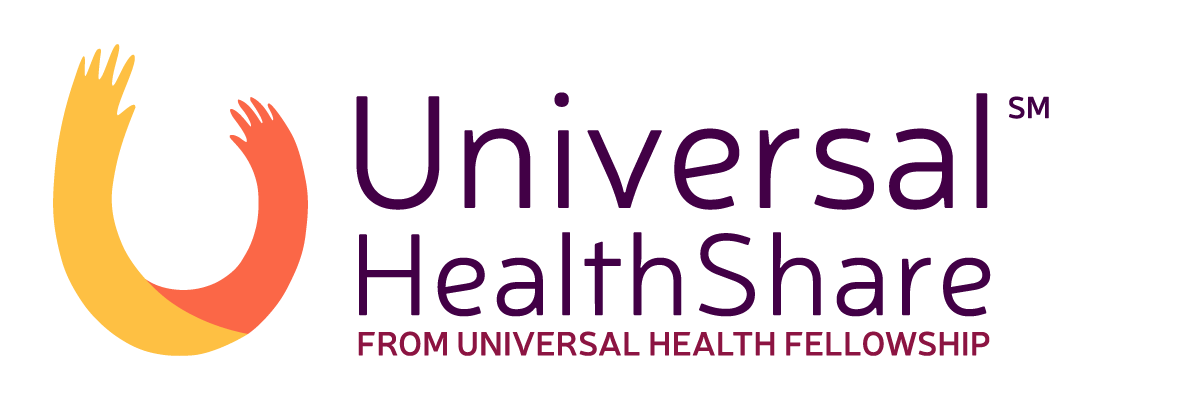
In 1988, the World Health Organization established December 1 as World AIDS Day. The importance of ending the disparities and misconceptions fueling the HIV/AIDS epidemic is highlighted on this day each year.
On this day, various groups and individuals across the world raise awareness about HIV/AIDS, speak out against stigmas, and fight for more resources to help end HIV/AIDS. This year’s theme is “Ending the HIV Epidemic: Equitable Access, Everyone’s Voice.”
Fast Facts and Stats
- According to UNAIDS, approximately 36.3 million people have died of AIDS-related illnesses since the start of the AIDS epidemic in 1981.
- In 2020 alone, 680,000 people died from HIV-related causes and 1.5 million were diagnosed with HIV.
- HIV diagnoses are not evenly spread across states and regions; the highest rates of new diagnoses occur in the south.
What is AIDS?
According to the Mayo Clinic, “acquired immunodeficiency syndrome (AIDS) is a chronic, potentially life-threatening condition caused by the human immunodeficiency virus (HIV).”
What is HIV?
Human immunodeficiency virus (HIV) is a virus that attacks the body’s immune system and makes it harder to fight off infection and disease.
How Does HIV Become AIDS?
The human body is filled with white blood cells meant to ward off disease and infection. These cells, called CD4 T cells, are measured with a blood test. Ideally, the number of CD4 cells that appear in the test are between 500 and 1,400. In an immunosuppressed person, such as someone with HIV, these counts fall over time. AIDS is diagnosed with the CD4 count falls below 200 or one develops an AIDS-defining complication, like cancer or a serious infection.
How is HIV Transmitted?
HIV can be transmitted by anyone infected with HIV – including those diagnosed with AIDS. The most common methods of transmission include:
- Sexual contact
- Infection can happen via vaginal, anal, or oral sex when an infected person’s blood, semen or vaginal secretions enter the body of an uninfected partner.
- HIV can also enter the body via mouth sores or small tears that occasionally develop in the rectum or vagina during sexual contact.
- Sharing needles
- Sharing needles and syringes greatly increases the risk of developing many infectious diseases, including HIV.
- Blood transfusions
- HIV can be spread via blood transfusions. However, American hospitals and blood banks (as well as most hospitals and blood banks around the world) thoroughly screen their blood supply for HIV antibodies. Ultimately, the risk of transmission via blood transfusion is incredibly low.
- A study by the Missouri Department of Health, Colorado Department of Health, and University of Colorado at Denver using 2007-2008 data, estimated the chance of acquiring HIV through blood transfusion to be 1 in 1.5 million.
- Pregnancy, delivery, or breast-feeding
- HIV-infected mothers can pass the virus to their baby. However, there are many HIV treatments that can lower the risk of passing it to your baby to almost 0%.
- HIV can be spread via blood transfusions. However, American hospitals and blood banks (as well as most hospitals and blood banks around the world) thoroughly screen their blood supply for HIV antibodies. Ultimately, the risk of transmission via blood transfusion is incredibly low.

Is AIDS Fatal?
While an HIV diagnosis was once viewed as a terminal diagnosis, medical advancements have made this thought a thing of the past. HIV is not curable, but it is treatable with a new line of therapies known as antiretroviral therapies (ART). In fact, these therapies (among others) have been so effective many HIV providers believe they will come close to eradicating the virus by 2030.
What are the Symptoms of HIV?
The signs and symptoms of HIV vary depending on the stage of infection. Though persons who have HIV are most infectious in the first few months after becoming sick, many do not realize they are infected until later stages of the virus. The symptoms of each stage are outlined below:
Stage 1: Acute HIV Infection
- Within 2-4 weeks, approximately 2/3 of people who have been infected by HIV will have a flu-like illness. This sickness can be so mild it goes unnoticed or so severe the recently infected person will know something is wrong. Symptoms can last anywhere from a few days to a few weeks.
- Flu-like symptoms can include:
- Fever
- Chills
- Rash
- Night sweats
- Aching muscles
- Sort throat
- Fatigue
- Swollen lymph nodes
- Mouth ulcers
Stage 2: Chronic HIV Infection
- The virus continues multiplying in the body at the stage, but at low levels. Many people in this stage don’t have any symptoms or feel sick at all.
- Without treatment, someone can stay in this stage for 10-15 years on average. It’s important to note, not everyone will progress through this stage at the same rate, with some taking longer to develop AIDS and some developing AIDS in less than 10 years.
- With early and effective treatment, many people will stay in this stage for most, if not all, of their life. With treatment, you can stay healthy and have effectively no risk of transmitting HIV to your sexual partner(s).
What are the Symptoms of AIDS?
Stage 3 of being infected with HIV is when AIDS is diagnosed. If you have HIV and are not on treatment, eventually the body’s immune system will be weakened until you’ve progressed to AIDS.
Symptoms of AIDS can include:
- Rapid weight loss
- Recurring fever
- Extreme and unexplained tiredness
- Prolonged swelling of the lymph glands in the armpits, groin, or neck
- Diarrhea that lasts longer than a week
- Pneumonia
- Sores of the mouth, anus, or genitals
- Red, brown, pink, or purplish blotches on or under the skin or inside the mouth, nose, or eyelids
- Memory loss, depression, and other neurologic disorders
- Serious illnesses or diseases
How do I know if I have HIV?
The only way to know if you have HIV for sure is to get tested and follow up on your test results. To find a testing site near you, and learn more about the types of tests available, click here.
What are the Risk Factors of HIV?
Anyone can be infected with HIV, regardless of age, sex, gender, race, or sexual orientation. You’re at the greatest risk of HIV if you:
- Have unprotected sex
- Because HIV is spread through blood, semen, and vaginal secretions, creating a barrier between those fluids is one of the best ways to prevent HIV from spreading.
- Have an STI
- Many STIs leave open sores on your genitals. These sores can easily allow HIV (and other infections) into your body.
- Use IV (injected) drugs
- People injecting drugs often share needles and syringes, exposing them to droplets of other people’s blood.

How Can I Prevent Getting HIV?
To prevent the spread of HIV:
- Get treated if you have HIV
- Taking HIV medication can keep your partner(s) from developing HIV. Ensuring your viral load stays undetectable (viral loads are checked via a blood test) means you won’t transmit the virus.
- If you’ve been exposed to HIV, use post-exposure prophylaxis (PEP)
- If you suspect you’ve been exposed to HIV visit your primary care physician or ER right away. Taking PEP as soon as possible within the first 72 hours of suspected infection can greatly reduce the risk of becoming infected.
- Use a new condom every time you have sex
- Consider preexposure prophylaxis (PrEP)
- A combination of medications can reduce the risk of HIV in those at very high risk. PrEP can reduce your risk of developing HIV from sex by over 90%. PrEP can also reduce your risk of developing HIV from injection drug use by over 70%.
- These medications need to be taken every day and can only be taken by those who don’t have HIV.
- Tell your sexual partners if you have HIV
- If you find out you’re HIV-positive, it’s important to tell your current and past sexual partners, as they’ll need to get tested too.
- Use a clean needle
- If you’re injecting drugs, use a sterile needle every time and don’t share needles. To find a needle-exchange program in your area, visit the North American Syringe Exchange Network’s website.
- If you’re pregnant, seek medical care right away
- If you’re HIV-positive and pregnant, it’s important to talk to your doctor about treatment to avoiding passing the infection on to your baby.
For more information on HIV/AIDS visit hiv.gov. If you suspect you have HIV, find a testing site near you, and learn more about the types of tests available, click here.


